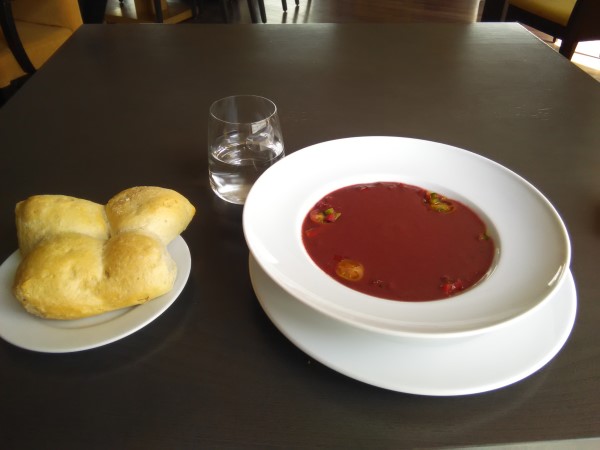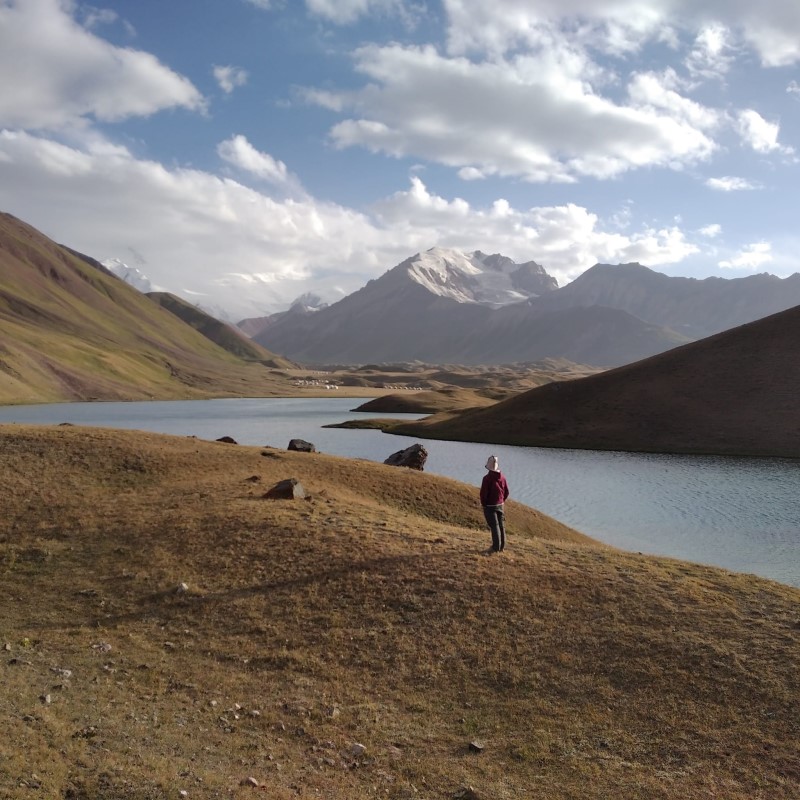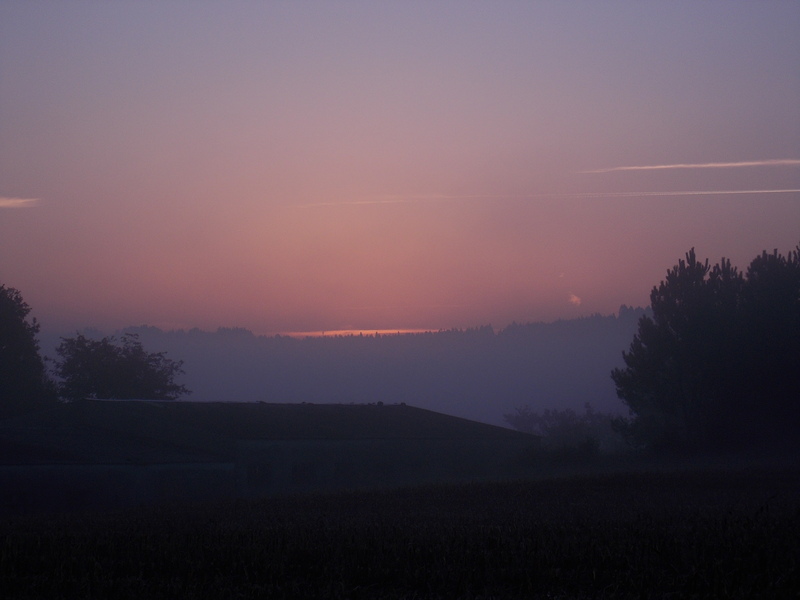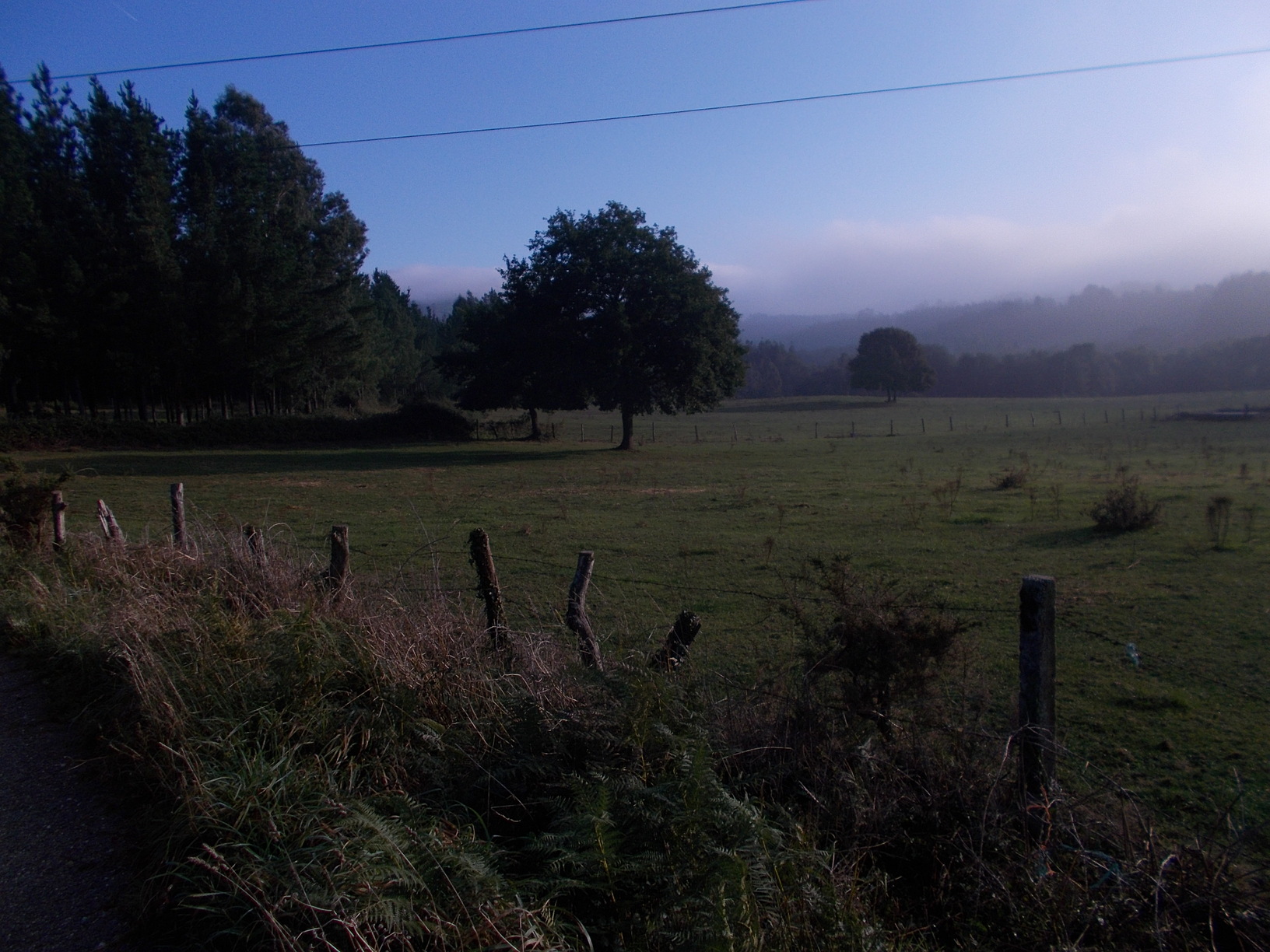Suffering belongs to the Camino. Show me one person who walked 500 miles and haven’t developed a single issue along the way. Be it a heat stroke, a shin split, an inflamed tendon, a knee pain, or some big juicy blister :). But this doesn’t mean that we cannot prevent these issues from popping up!
Humans are born to walk. Walking is the most natural thing in the world for us. So why do we get these problems then? It is simply because of the mistakes we make on the Camino. And making mistakes also belongs to life, and we learn from our mistakes, and so on, and so forth, and this is becoming almost a philosophical blabber now :). Back to the point though. You can prevent any of these common issues from popping up, and today we’ll look at the most common physical issue pilgrims experience on the Camino–the blisters.
I will give you several practical and easy to apply ideas, some of them common sense, others you may hear for the first time in your life. If you stick to all of them, however, I can almost guarantee you won’t get a single blister on your Camino. And if you stick to at least half of them, you will avoid the really bad blisters, the juicy red thing that scares an eye and can turn your Camino into a nightmare… So, let’s dive into this!
* May also interest you: Camino progress tracker – choose any town on the camino and see the magic 😉
Rule no. 1: Right shoes and socks are the key to success
It likely won’t surprise you that whether or not you eventually get the blisters on the Camino is at least from 50% decided before you even make the first step on the Spanish soil. And the crucial point is choosing the right equipment when packing. Now, I do not want to make this a rocket science, and it certainly isn’t a rocker science, although we have an article on best shoes for the Camino and best socks for the Camino :). But you do not necessarily need to read them to get the point.
The point is that you blisters are caused by a combination of three things–heat, moisture, and friction. For that reason, it is pivotal to wear breathable shoes (they prevent the accumulation of moisture and let the heat created by constant movement to get out of your feet), and comfortable thin socks from natural materials, such as cotton or bamboo or merino wool, that also allow your feet to breathe. Forget the old-fashioned high membrane hiking boots and heavy thick socks–people wearing such are the pilgrims who get the worst blisters you can ever imagine. Simply because their feet cannot breath, the moisture and heat accumulates, and the blisters develop.
One more tip for the socks: If your toes are “clogged” together, meaning you do not have as much space between individual toes, and are prone to blisters in between the toes, opt for toe socks, sometimes called also five-finger socks. Check our article on best socks for the Camino for more info on such socks.
Rule no. 2: Right shoes do not need breaking in, but it is still a good idea to do give them at least some millage before you embark on your pilgrimage in Spain
It is one of the old myths that you have to walk hundreds of kilometers in the shoes before going to the Camino, to break them in and make sure you will avoid blisters. This advice comes from times when people walked in real mountains and used those high hiking boots (which are a very wrong choice for Camino de Santiago in any means). Such boots really need breaking-in. But you still may (and likely will) get blisters in them on the Camino, regardless of how much millage you give them beforehand…
However, good comfortable and breathable trail running shoes do not really need any breaking-in. You can take them from the box, put them on, and walk! Obviously I speak here about quality models made from modern fabrics, not about some shoes you’ll get for $30 from some discount store… Good walking or running shoes have their price (typically starts at $100), but believe me it is a price worth paying, considering the agony you will save yourself from (the agony you’d experience developing blisters on the very first day on your Camino, walking in some shitty shoes).
Having said that, it is always a good idea to at least test the shoes, on a couple of daily hikes. And if you opt for light and low breathable hiking boots (which is the best choice for pilgrims who cannot imagine walking in trainers or trail running shoes), it is a good idea to give them at least 100 miles (in slow steps, starting with a mile or two and progressing from there) before embarking on your Camino. Such boots are typically made from leather, and leather adjusts to the shape of your feet (shape of feet is something individual for every person), and this adjustment take some time, and you should do it progressively (not walking 20 miles in the new leather shoes on the first day–that’s a sure guarantee to get blisters)…
So, here we are, get these two things right (getting right shoes and socks and trying them out before embarking on your pilgrimage), and you have already decreased the chances of getting blisters in Spain by 50%. Now let’s have a loot at different things you can do while already in Spain.
* May also interest you: Camino Frances Guide – online & free, the best camino guide out there.
Rule no. 3: Take your shoes and socks off anytime you take a break on your Camino
I cannot stress the importance of this rule enough. You know, some things come to us intuitively and some do not. For example, 95% of pilgrims will take their backpack off anytime they stop, even for a few minutes. But just 5% will take their shoes off during such breaks, and it is perhaps the no.1 reason why 90% of pilgrims get at least some light blisters on their Camino.
As I’ve already explained, heat and moisture are your enemies. And there’s no better way of reducing the overheating of your feet, and the level of humidity in your shoes, than simply taking them off, and taking your socks off, and letting them dry in a sun for a while. Do this every time you stop–in a bar, in a cafe (you will sit on terrace 95% of times, so no issues here), or just when you take a break on some nice bench or viewpoint or beach along the way.
If you make such a 5 minute (or longer) break at least after each hour walking, you will reduce the chance of getting any blisters (let alone bad blisters) by 50% or more. I stick to this rule invariably, and on my last 5 Caminos (each of them at least two weeks long) I haven’t got a single blister. Of course, I also wear great breathable trail running shoes and follow other rules in this guide, but I believe that this particular rule is the crucial one, and the one most pilgrims do not follow (and suffer blisters as a consequence).
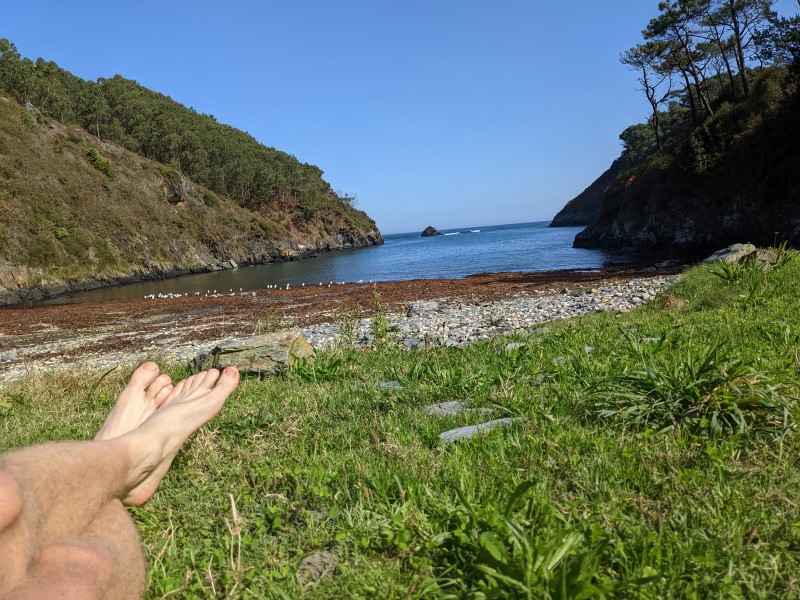
Rule no. 4: Minimize walking in wet shoes or socks as much as possible.
Let’s face the truth. Camino de Santiago is a long walk. If you walk any Camino that takes longer than two weeks, it is highly unlikely that you won’t experience at least 1-2 rainy days in Spain. And if you’re unlucky you can get an entire week of high humidity and rain. That’s the worst possible weather if we talk about developing blisters. So what should you do in such weather?
Well, the basic rule is to try to minimize the amount of time you walk in wet shoes or wet socks. In practice, it can mean changing your socks (or even your shoes if you have two pairs) once the rain has ceased in the middle of the stage, or at least the socks if the rain is persistent anyway, to give your feet some relief. Right selection of shoes plays an important role here again. Boots with membrane are not good, since once they get wet from inside they will never dry. On the other hand, light breathable shoes may get wet quickly, but if you place them to some warm spot in the hostel they will be completely dry by next morning, and you walk in dry shoes again :).
Another recommendation for super rainy weather: shorten the time you walk in wet shoes or socks by simply shortening your stages. Camino is not a race and it makes no sense pushing for 30 or 40 kilometer a day in a super dodgy weather… Walk just half of it, or even take a day off in some nice hotel if you can afford it. Sure, you may “lose” one day doing that, but I believe it is much better than having to quit your Camino or having to stop for a week later, because of very bad blisters you developed pushing it hard in a dodgy weather…
* May also interest you: Ultralight camino packing list.
Rule no. 5: Avoid pedicure (especially scrub) one month before the Camino, and during the Camino
This is something women won’t enjoy reading :). Some people actually think that pedicure helps with blister prevention, but the contrary is true… In pedicure, the therapist scrubs away any patches of hard skin, and overall they try to make the skin on your feet softer. That’s great for beauty purposes, but it doesn’t help at all if we talk about developing blisters…
On the contrary, the harder (thicker) the skin on your feet is (especially at the bottom of them), the less likely you will develop any blisters. That’s basics physics to start with, but you can also observe it in nature. Animals (dogs, horses, cats) have pretty hard skin on the bottom of their feet. They walk and run barefoot anywhere, and they never get any blisters. Think about it for a while… Sure, I know you like your feet nice and soft :). But perhaps you can endure them being a bit harder for a month on the Camino. Once you reach Santiago, feel free to treat yourself with some expensive pedicure.
Rule no. 6: If you cannot stick to some of the former rules, apply additional treatments, such as applying vaseline or powder
You do not have to spend a penny on any pharma or foot care products, if you follow the five rules from this article. It just won’t be needed, since you won’t get any blisters. However, I realize that we do not live in a perfect world. Maybe you read this article while already on the Camino (having bad shoes with you, or having neglecting the ventilation issue for some time), and you are already getting some light blisters.
If that’s the case, the additional treatment, such as powdering your feet (using the same powder we use with small babies), or applying some vaseline will no doubt help. The powder helps with reducing the level of moisture, and the vaseline helps with reducing the level of friction. You can get both of them in any Spanish pharmacy. Just make sure that even if you do use them, you still stick (at least from now on) to the other rules I mentioned in this post. You’ll thank me later :). That’s it for the blisters issue, and I wish you a buen Camino!
Matej
May also interest you:
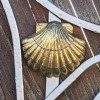


![Ultralight Packing List for Camino de Santiago [2025 Edition]](https://caminolovers.com/wp-content/uploads/2022/03/altra-shoes-640-x-480.jpg)
